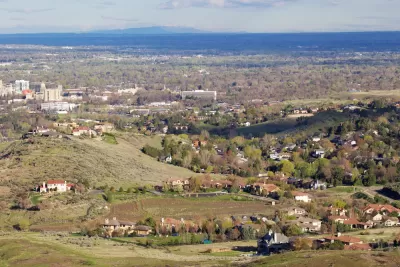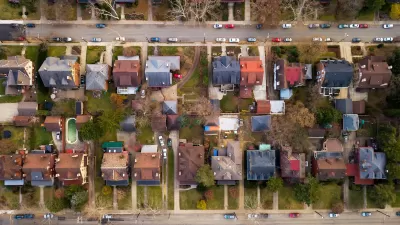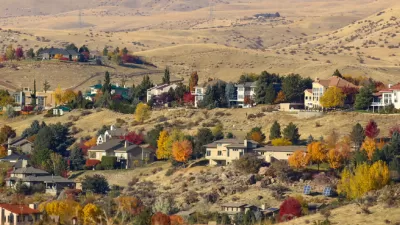Idaho cities can remove barriers to development, adjust zoning codes, and encourage the construction of accessory dwelling units and single-occupancy apartments to sustainably accommodate the state’s growing population.

As Idaho’s population—and housing costs—grow, Sarah Cunningham and Erin Sorensen, writing in the Idaho Capital Sun, outline a set of recommendations for creating more affordable housing. “Developers can and should be able to build the kind of housing that meets our community needs, and do so alongside the infrastructure – for example, public transit or proximity to commuter trails – we all benefit from.”
For Cunningham and Sorensen, “The solution to affordable housing is not to sprawl outward, which would make us become exactly like California and other states that people are desperate to leave. Rather, we need to think outside of the box to incorporate affordability from the beginning of the development process to prevent locals and the employees our business community needs from being priced out.”
Their recommendations to state and local leaders, developers, and residents concerned about affordability:
- Build more accessory dwelling units alongside single-family homes.
- Build single-occupancy apartments – and ditch the parking requirements.
- Encourage home sharing for senior homeowners.
- Demand 10% for affordability.
- Attend the city of Boise’s zoning code rewrite open houses.
Ultimately, the authors conclude, most individuals living alone don’t need big houses. But everyone needs “access to parks and nature, the ability to walk or bike to work, shopping, and entertainment safely, and a sense of belonging and connection in our neighborhoods.”
FULL STORY: Here are five things Idaho developers can do to create more affordable housing

Planetizen Federal Action Tracker
A weekly monitor of how Trump’s orders and actions are impacting planners and planning in America.

San Francisco's School District Spent $105M To Build Affordable Housing for Teachers — And That's Just the Beginning
SFUSD joins a growing list of school districts using their land holdings to address housing affordability challenges faced by their own employees.

The Tiny, Adorable $7,000 Car Turning Japan Onto EVs
The single seat Mibot charges from a regular plug as quickly as an iPad, and is about half the price of an average EV.

Seattle's Plan for Adopting Driverless Cars
Equity, safety, accessibility and affordability are front of mind as the city prepares for robotaxis and other autonomous vehicles.

As Trump Phases Out FEMA, Is It Time to Flee the Floodplains?
With less federal funding available for disaster relief efforts, the need to relocate at-risk communities is more urgent than ever.

With Protected Lanes, 460% More People Commute by Bike
For those needing more ammo, more data proving what we already knew is here.
Urban Design for Planners 1: Software Tools
This six-course series explores essential urban design concepts using open source software and equips planners with the tools they need to participate fully in the urban design process.
Planning for Universal Design
Learn the tools for implementing Universal Design in planning regulations.
Smith Gee Studio
City of Charlotte
City of Camden Redevelopment Agency
City of Astoria
Transportation Research & Education Center (TREC) at Portland State University
US High Speed Rail Association
City of Camden Redevelopment Agency
Municipality of Princeton (NJ)





























